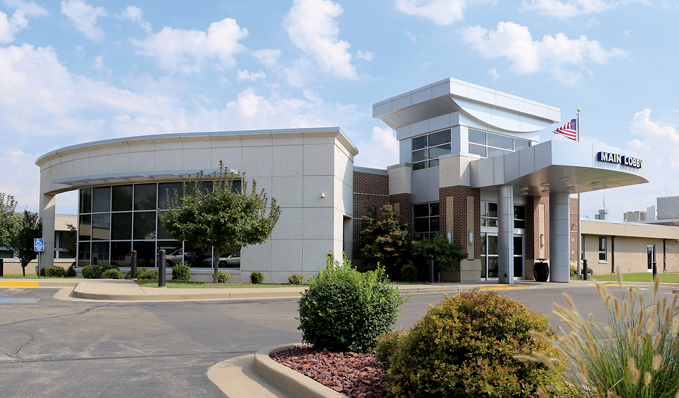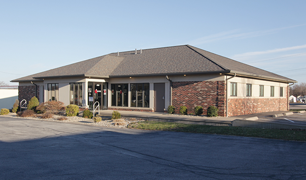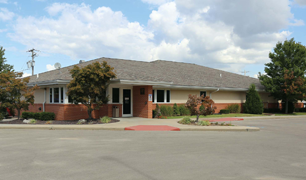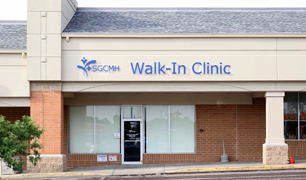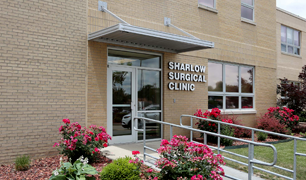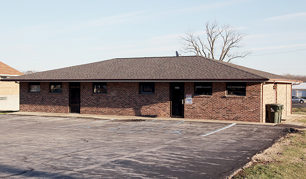A Cardiac Stress Test is useful in diagnosing heart disease, which is a narrowing within the arteries of the heart caused by plaque. It is important for your heart muscle to receive blood flow and oxygen through these arteries. Stress tests can help your doctor determine how well your heart manages exercise or “stress.”
Many times, evidence of heart disease can not be detected at rest, but can be seen during the test when the heart works harder. The test measures how well it can tolerate the exercise. Your stress test will be performed by a physician and trained staff.
Ste. Genevieve County Memorial Hospital offers a variety of Stress Tests which include:
- Exercise Only Stress Test
- Myocardial Perfusion Exercise Stress Test (Myoview)
- Lexiscan Stress Test
- Dobutamine Stress Test
- Stress Echo
Exercise Only Stress Test
This form of stress test has two components, it combines walking on a treadmill with an electrocardiogram (EKG) to determine how well your heart manages exercise or “stress.” The exercise is “graded” in which every three minutes the speed and incline of the treadmill are increased until a target heart rate is reached (determined by your age) or symptoms arise that would stop the test. There is the possibility of changes that could occur while walking on the treadmill, such as an abnormal blood pressure or heart rhythm, or shortness of breath.
Myocardial Perfusion Imaging Exercise Stress Test (Myoview)
This stress test combines walking on a treadmill with an electrocardiogram (EKG), to determine how well your heart manages exercise or “stress.” The exercise is “graded” in which every three minutes the speed and incline of the treadmill are increased until a target heart rate is reached (determined by your age) or symptoms arise that would stop the test.
In addition, an IV is started and you will be administered two doses of nuclear medicine. This allows your heart to show up on scan pictures, which are taken before and after you exercise on the treadmill. Side effects of nuclear medicine are rare. However, there is still the possibility of changes that could occur while walking on the treadmill, such as an abnormal blood pressure or heart rhythm, or shortness of breath.
Lexiscan Stress Test
The Lexiscan Stress Test is used for those who are unable to walk on a treadmill at a fast pace. With this test, you will be given two doses of nuclear medicine, which will allow your heart to show up on scan pictures. Side effects of nuclear medicine are rare. You will also be given a medicine (Lexiscan) that will dilate your arteries to increase blood flow. This widening of the blood vessels is similar to what happens during exercise. An EKG will be taken throughout the test. Side effects that may occur with Lexiscan administration are: headache, feeling hot, facial flushing, chest discomfort, shortness of breath, nausea or dizziness. However, these side effects usually resolve within 5-10 minutes of the administration of the medicine. Please discuss with your physician if you have had any recent breathing difficulties or if you have noticed any worsening of your asthma. In such situations a different type of stress test may be ordered.
Dobutamine Stress Test
This test is used for those who are unable to walk on a treadmill and are not good candidates for the Lexiscan stress test. With this test, you will be given a medicine (Dobutamine) that increases your heart rate similar to the effects of exercise. An EKG will also be taken throughout the test. The side effects that may occur during the Dobutamine infusion are usually mild and subside quickly once the infusion is complete. These may include chest discomfort, headache, palpitations, nausea and shortness of breath. During the test, two doses of nuclear medicine will also be injected into your IV which will allow your heart to show up on special scan pictures. Side effects to nuclear medicine are rare.
Stress Echo
A stress Echo combines a stress test with echocardiography (ultrasound) to help determine if your heart is getting enough blood flow and oxygen. During this test, you will be connected to an EKG which will record your heart rate and rhythm. Ultrasound pictures are obtained prior to the test to look at the heart while it is in motion. You will then either exercise on a treadmill or a medication will be administered through an IV to increase your heart rate. Once your heart rate rises to a certain point, another set of ultrasound pictures will be taken while your heart rate is still elevated. If the coronary arteries do not provide the heart with an adequate amount of blood and oxygen due to blockages, the ultrasound may show abnormalities in the movement of the heart muscle.


